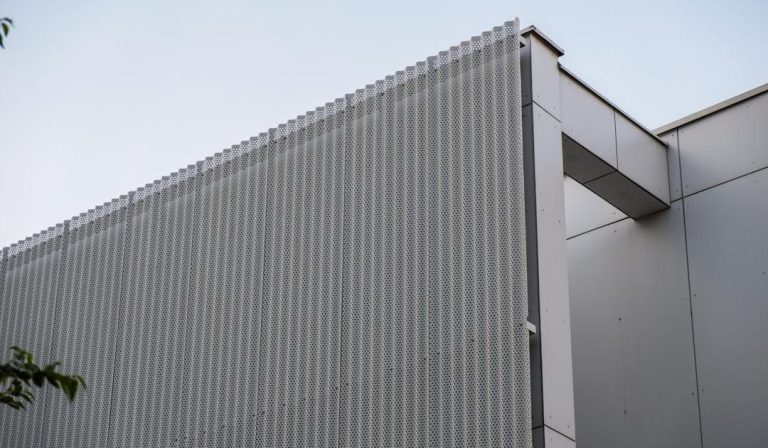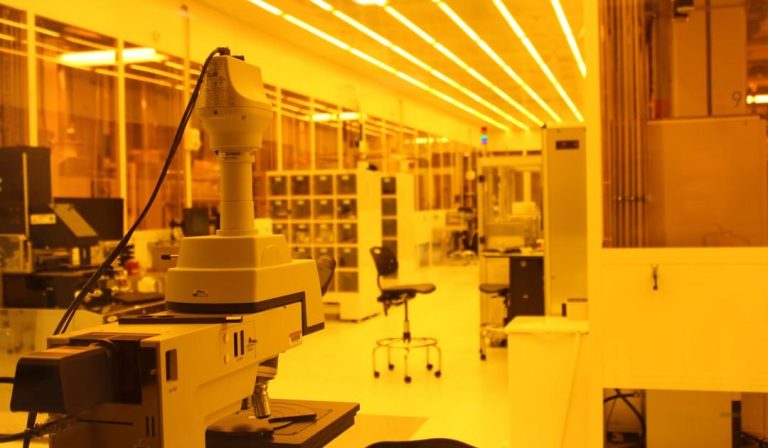Commonwealth Fusion Systems pulled off a round, $863 million in a Series B2. This round shows fusion is progressing toward deployment.
SPARC is expected to reach net energy positive fusion by late 2026 or early 2027. CFS bets on superconducting magnets and a tokamak layout to confine plasma with high precision. It provides a practical path to fusion power beyond a whiteboard idea.
With the funding round, the company has nearly $3 billion in total backing, about a third of private fusion funding globally.
Industry impact and market alignment
Let’s connect what the money means for you and the energy future. Google’s involvement isn’t a fancy name drop, they’ve committed to offtake for roughly half of ARC’s output, which guarantees a customer for fusion scale. Dominion Energy sits at the table too, pursuing grid-scale, carbon-free baseload fusion. This is a push toward a first commercial fusion plant in Virginia, with ARC targeted for grid connection in the early 2030s. From a funding lens, this round is the largest in private deep-tech and energy since 2021. It shows that fusion has crossed feasibility and is moving toward scaling. The investor lineup includes Counterpoint Global (Morgan Stanley), Nvidia, Breakthrough Energy Ventures, Stanley Druckenmiller, and more. It signals confidence in SPARC as a prototype and ARC as a expandable, utility-grade option.
Funding round significance and deployment-readiness
The funding round is the largest in private deep-tech and energy since 2021, reinforcing a shift toward deployment readiness for fusion. Focus is on turning prototypes into a grid-connected system and a commercial plant soon.
Investor lineup and planned signals
The investor lineup includes Counterpoint Global (Morgan Stanley), Nvidia, Breakthrough Energy Ventures, Stanley Druckenmiller, and more. This mix signals belief in ARC as expandable energy infrastructure and SPARC as a viable route to power.
Industry context and policy alignment
Industry context matters. The fusion market‑private investment now nudges past $9 billion globally, with CFS commanding about one‑third. The broader story shifts from “can fusion happen?” to “how soon will fusion power be a reliable, carbon‑free baseload?” That shift matters because fusion promises continuous power, unlike wind and solar. DOE and NRC frameworks are coalescing around fusion licensing and grid integration, so this isn’t happening in a regulatory vacuum. It’s happening with policy alignment and public‑private collaboration behind it.
Technical roadmap and proof points
What does this mean for the technical roadmap? SPARC tries to show net energy, a key proof point. If successful around 2027, the plan is to scale to ARC, the commercial plant concept.
ARC and collaboration with MIT
Virginia‑based ARC is designed to deliver grid‑scale electricity. Google’s half‑output offtake indicates there is a market for fusion power. The collaboration with MIT’s Plasma Science and Fusion Center keeps the science tied to practical engineering, reducing risk and accelerating timelines.
Core technology and economic
The high‑temperature superconducting magnets at the core are upgrades that improve the feasibility of sustained fusion. The economic possible is significant. Hydrogen isotopes as fuel mean abundant, cheap feedstock, and fusion’s carbon footprint is nil compared to fossil fuels. The upfront capital is high, but the long‑horizon economics, low operating costs, stable baseload power, could redefine electricity markets. The key risk remains the durability of materials, plasma control, and licensing speed, but CFS’s approach has steadily reduced those barriers. Teh question of timing moves forward as SPARC moves toward a controlled on‑state and ARC moves toward grid integration.
“This is a power-system story with big names and big money and a clear schedule: SPARC goes live around 2026-27; ARC heads to the grid in the early 2030s. The planned partnerships, Google’s offtake, Dominion’s utility expertise, MIT’s academic backbone, drive toward a commercial marker.”
With a funding system stacking bets on fusion’s commercial viability, you are watching a key moment in energy history.
Sources:
- https://www.esgtoday.com/commonwealth-fusion-systems-raises-863-million-to-commercialize-fusion-power/
- https://techcrunch.com/2025/08/28/nvidia-google-and-bill-gates-help-commonwealth-fusion-systems-raise-863m/
- https://cfs.energy/news-and-media/commonwealth-fusion-systems-raises-863-million-series-b2-round-to-speed up-the-commercialization-of-fusion-energy/








